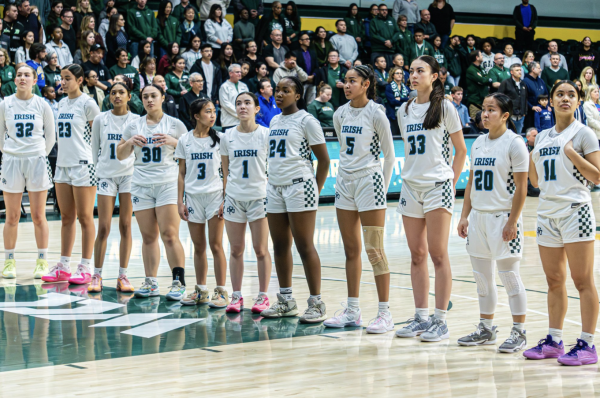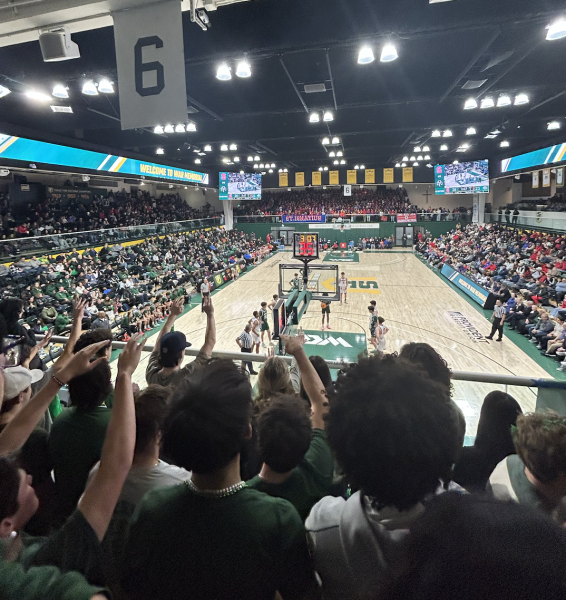Was Buster Worth Body Armor?
As students returned for a new year at Sacred Heart Cathedral Prep, they were pleasantly surprised by an oh-so-familiar face – that of 2012 National League MVP and three-time World Series champion Buster Posey. The San Francisco Giants catcher appeared at a “back to school” assembly that featured healthy habits and unintentional controversy over sponsorship and product placement.
After reading Food Rules over the summer, students and faculty began the new school year with new and improved eating habits. Little did they know that a local celebrity would be helping them kick off the school year. One of Body Armor’s premiere spokesmen, alongside fellow major league MVP Mike Trout as well as Golden State Warrior Klay Thompson, Posey entered the pavilion wearing a polo with the Body Armor logo and a fruit punch drink in his hand. He answered questions from a few nervous and starstruck students, discussing his pregame rituals, high school experiences, and, of course, his own healthy habits.
After this brief interview, students got a taste, literally, of Posey’s “hot new drink.” Contrary to its campaign to #Upgradeyoursportsdrink, the nutrition label offered conflicting evidence. Body Armor claims that its drinks contain better ingredients than mammoth Gatorade, which has dominated the sports drink market for generations. However, comparing two 8 fluid ounce bottles of both drinks, it appears that Gatorade contains 56g of sugar and 240 calories, while Body Armor contains 36g of sugar and 140 calories. Though Body Armor clearly takes it down a notch, there remains a substantial amount of added sugar and unnecessary calories, thus making it not much of an “upgrade.”
The reactions to the drink, as well as to its “golden boy” Buster Posey, raised a question: was having him in our own gymnasium worth sponsoring a drink that might not be what it claims, and contradicts the purpose of Food Rules?









